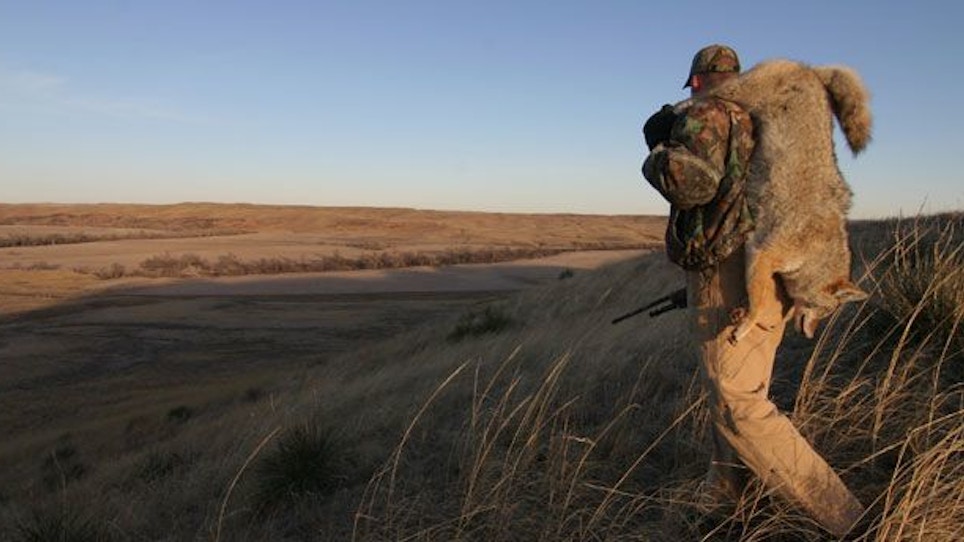Sometimes louder isn’t always better when it comes to predators. Squeakers imitate the soft sound of a rodent squealing in desperation and since rodents are the main prey of most predators it just makes sense to incorporate a squeaker call into your setups.
Think about this. Most predator hunters rely on the dying rabbit as their mainstay in calling. Dying rabbit calls work best when the volume is turned up and that’s the way they’ve found such a huge following. They call in predators from a long ways. You can expect action from nearly a mile or more away. Unfortunately, too many hunters take those instructions to heart and blare on their calls every setup. It may lead to a few kills on young-of-the-year animals, but it quickly alerts and even educates mature animals that commonly circle downwind and smell an ambush.
By starting out with a squeaker you can lure in any predators bedded within 200 yards of your site using a sound they naturally hear from time to time. Starting out with a blaring dying rabbit is abrasive or even alarming sound, especially to close predators. Squeaks are more of a curiosity-arousing sound that even predators packing a full stomach may get out of bed to check out.
The muted sound of a rodent squeaker works best on predators that are close. Search for potential predator bedding sites and stalk in close. A calm day works best for the sound to carry the farthest. Focus on rough terrain, thick timber pockets and weed-choked coulees. Next, select an elevated position downwind from the site with the sun at your back or side.
After getting into position, follow your typical setup routine of calling for a few minutes and waiting in between for results. It pays to stay longer on squeaker setups since a curious animal may take longer than one suffering from starvation. If the squeaks don’t lure in a nearby predator then you can always ramp up the volume and switch to a more distressful sound that carries a mile or more.
Several years back I began using the squeaker approach in my open-country setups. Targeting large breaks with draws that snaked from top to bottom, I positioned myself above the gullies and sent the squeaks from my call down into the winding coulees below.
On a midday setup in January I started out with some soft squeaks and to my surprise a coyote popped up less than 100 yards away. I put a V-Max bullet into the engine compartment and then smiled. Would I have gotten that shot starting out with a blaring call? Who knows, but by using a rodent squeak, curiosity obviously killed that coyote.






